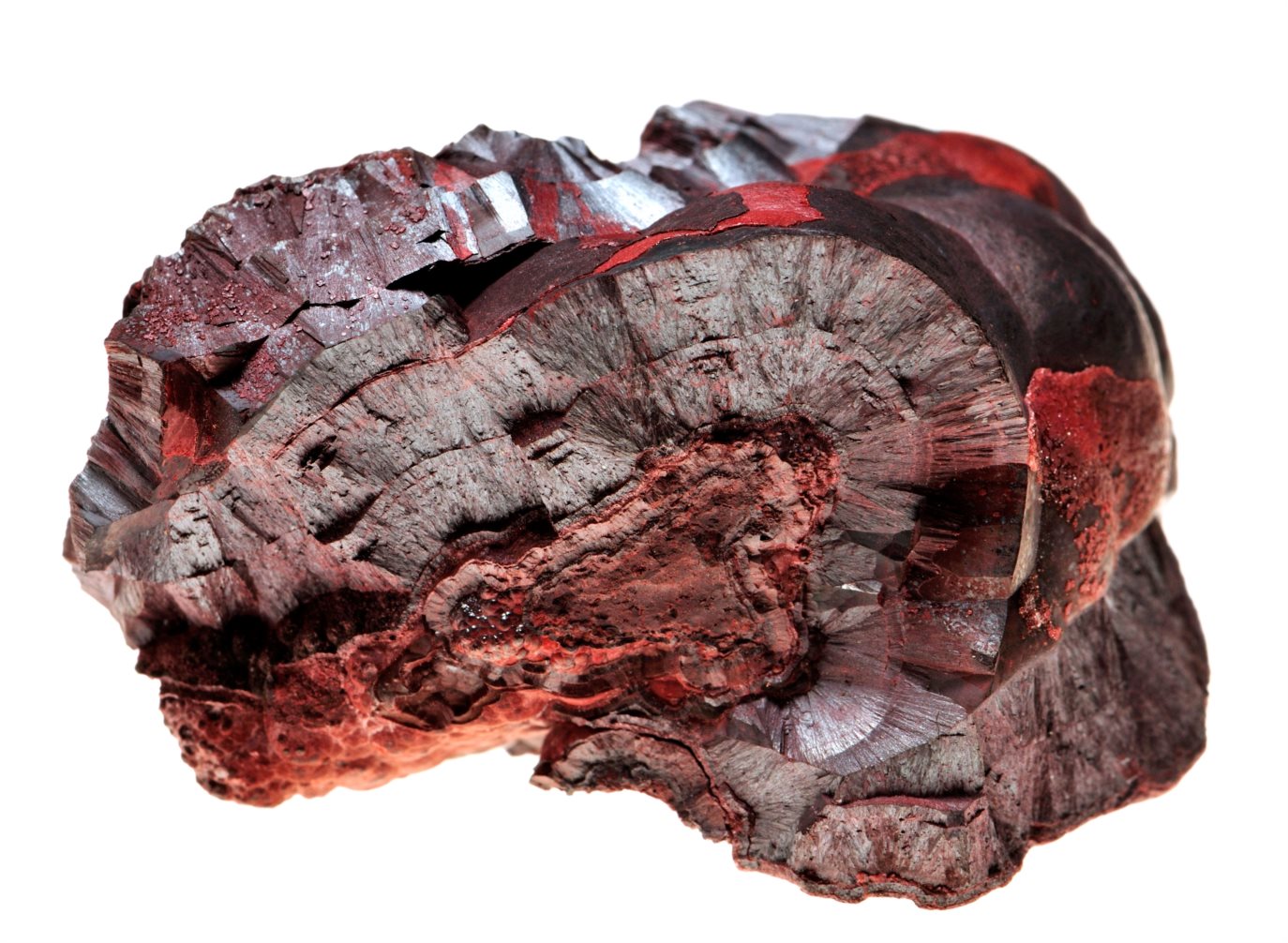RIO DE JANEIRO, BRAZIL – Limiting global climate warming to the Paris Agreement targets will quadruple the demand for minerals dedicated to building clean energy technologies by 2040.
In a report published on Wednesday, the International Energy Agency (IEA) indicates that if the energy transition were to be faster than to achieve carbon neutrality by mid-century, the needs in minerals for these technologies would increase sixfold.

For example, an electric car requires six times more minerals than a conventional car and an onshore wind turbine installation nine times more than a gas-fired power plant with equivalent generating capacity.
The IEA warns that without action to respond to this explosion in demand for several key minerals for electric vehicles and their batteries, climate change containment targets could be compromised for power grids or wind turbines.
GOVERNMENTS MUST ACT
“The challenges are not insurmountable, but governments must give clear signals on how they plan to turn their climate commitments into action. By acting now and together, they can significantly reduce the risks of price volatility and supply disruptions,” said IEA Executive Director Fatih Birol.
The top priority is to provide clear signals on the pace of the energy transition and the weight of key technologies to provide assurances on the appropriate level of investment to develop diversified sources of supply.
According to IEA estimates, in a scenario in which the Paris Agreements, which seek to limit global temperature rise to less than 2 degrees Celsius, materialize, developing electric cars and batteries would mean at least a 30-fold increase in mineral consumption for these uses between 2020 and 2040.
The biggest increase would be for lithium, for which demand would increase by a factor of 32, graphite by 25, cobalt by 21, nickel by 19, and rare earths by 7.
In parallel, the reinforcement and extension of electricity grids to cover renewable energies would mean at least doubling copper consumption.
In addition, the generation of electricity with low carbon dioxide emission processes – particularly wind and solar energy – would mean a tripling of the mineral requirements for this activity.
The authors of the study emphasize that, given these prospects, there are weaknesses that could cause supply bottlenecks and high price volatility that would be detrimental to moving towards a cleaner energy system.
HIGHLY CONCENTRATED PRODUCTION
Among these problems is the high concentration of production of key minerals: the top three countries in which lithium, cobalt, and rare earths are mined account for about two-thirds of the world total.
This concentration is even more pronounced in processing, where China accounts for 40% of copper, almost 60% of lithium, more than 60% of cobalt, and nearly 90% of rare earths.
Another problem is the long lead times for the development of mining projects. In this regard, the IEA recalls that on average it takes sixteen years from discovery to exploitation.
One way to reduce the pressure is to reduce the amount of material used through technological innovation and recycling. It is estimated that by 2040 the recycling of copper, lithium, nickel, and cobalt from end-of-life batteries could offset around 10% of the need for these minerals.

